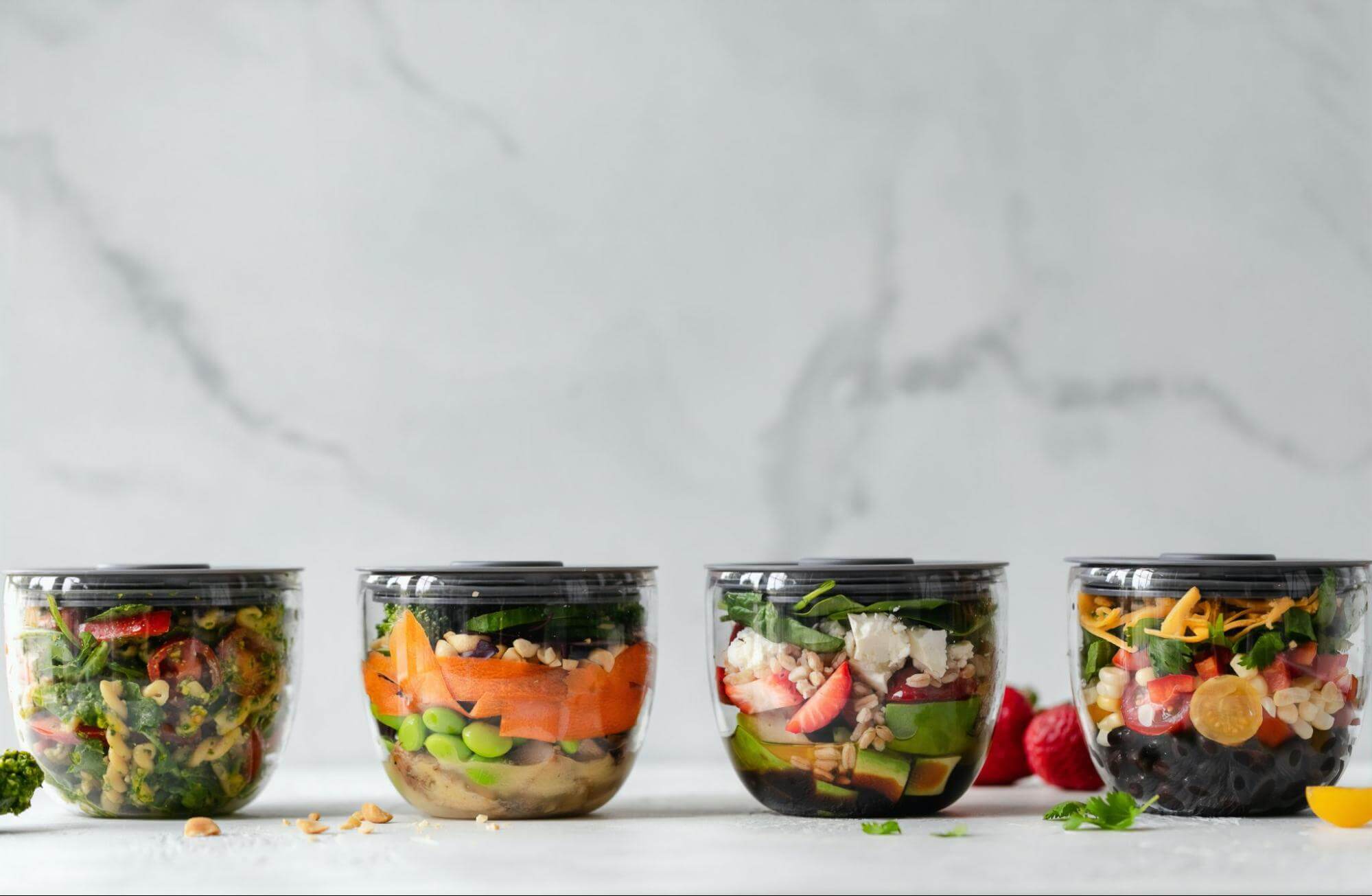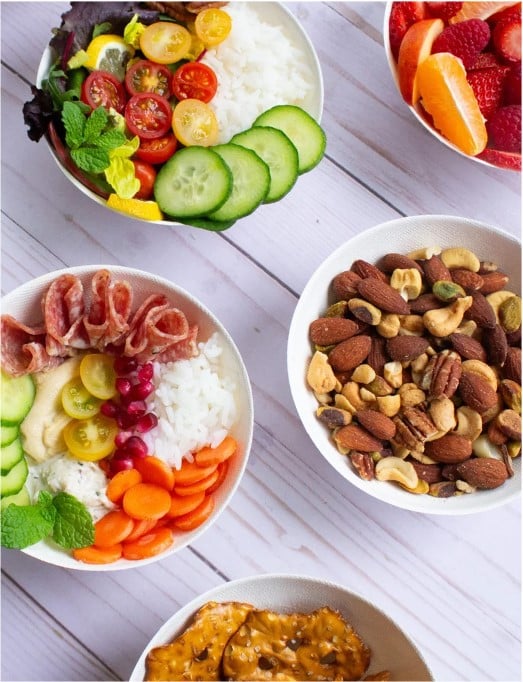Embarking on a weekend adventure doesn’t have to mean sacrificing warm, home-cooked meals. Even on the go, keeping your food hot is possible.
But how can you achieve this?
Let’s explore some ingenious strategies for how to keep food hot while traveling.
Table of Contents
How to Keep Food Warm While Traveling
Insulated Containers
An insulated container works by utilizing a double-wall construction, usually filled with a barrier of insulating material. For foods like soups or stews, these containers are a top choice.
They can keep food hot for around 12 hours, depending on the container, but remember to pre-warm the container with hot water before filling it up. This ensures maximum heat retention.
Cooler
Although they’re typically known for keeping food chilled, coolers can also be great at keeping food hot. Solid foods like lasagna or rice dishes work well here. They can stay hot for approximately 4-6 hours, particularly if you use heat packs or cooked bricks lined at the bottom.
Heat Packs
These portable packets of energy are great when paired with a cooler or thermal bag. They come in different sizes, but generally, they can add several hours of warmth when placed in the right container.
Aluminum Foil
Aluminum foil reflects heat back to the food, helping to retain warmth. It’s quite versatile and can be used with almost any food. However, it doesn’t excel at long-term heat retention, so it’s best for short trips, usually under 2 hours.
Thermos or Glass Container
Thermoses and glass containers provide superior insulation. They’re great for liquid-based foods like soups or hot drinks and can keep items hot for 7 hours or more.
Thermal Bags
Thermal bags come in a variety of sizes and can be handy if you’re transporting a large portion of food. They work most effectively with pre-heated food and when used with supplemental heat packs. Depending on several factors, they can keep food hot for up to 2-3 hours.
Hot Water Packs or Heated Bricks
These are great add-ons for most containers but work best with coolers and thermal bags. They can extend the heat retention time by 3-4 hours. Be sure to wrap them in a cloth before placing them near the food.
Electric Blanket
Electric blankets are an out-of-the-box method, mostly for food dishes resistant to pressure and squishing, like casseroles. It can stay hot as long as you have access to a power supply.
Portable Car Heater
A portable car heater is great for those longer trips. It allows for on-demand heating when you’re ready to eat.
Hot Water Bottle
The humble hot water bottle isn’t just for keeping you warm in winter. It can be a fantastic companion in your cooler or thermal bag, adding a couple of hours of heat.
Electric Lunch Box
This ingenious device can heat your meals on demand by connecting to a power outlet or your car’s power socket.
It’s great for leisurely picnics or long drives, as well as construction and office workers.
Vacuum-Insulated Flasks
Vacuum-insulated flasks take heat retention to the next level. Their vacuum-sealed double-wall design helps eliminate heat loss through convection, making them perfect for preserving the temperature of hot beverages, soups, or even casseroles. These handy flasks can keep your food warm for around 8-12 hours.
Car Seat Warmer
If you’re traveling by car and it has a seat-warming function, you can use it to keep your food warm. If the seat warmer has different temperature settings, adjust it accordingly to maintain the desired warmth.
Separate Hot and Cold Foods
Keep hot foods hot and cold foods cold. By separating your meal components, you can maintain their respective temperatures and prevent losing precious warmth. To separate your hot and cold dishes, use different containers that provide good insulation.
Safety Tips: Prioritizing Food Safety
An essential part of enjoying warm, delicious home-cooked meals on the go is ensuring they remain safe to eat. Here are a few key safety tips to keep in mind:
- Maintain safe temperatures: Keep hot foods at or above 140°F (60°C) to prevent harmful bacteria from growing.
- Refrigerate leftovers promptly: If you can’t finish everything, refrigerate leftover food within 2 hours. This reduces the chance of spoilage and ensures that your leftovers are safe to enjoy later.
In Summary
Keeping your food hot while traveling may involve a little ingenuity, but it’s far from impossible.
Whether you’re using insulated containers, old-school methods like aluminum foil, or high-tech solutions like an electric lunch box, you can enjoy warm meals on the go.
Sources
Its Yummi. (n.d.). How to Keep Food Hot While Traveling: Tips and Tricks. Retrieved from https://www.itsyummi.com/how-to-keep-food-hot-while-traveling/
How to Deliver Hot Food (2022). Retrieved from https://optimoroute.com/how-to-deliver-hot-food/



